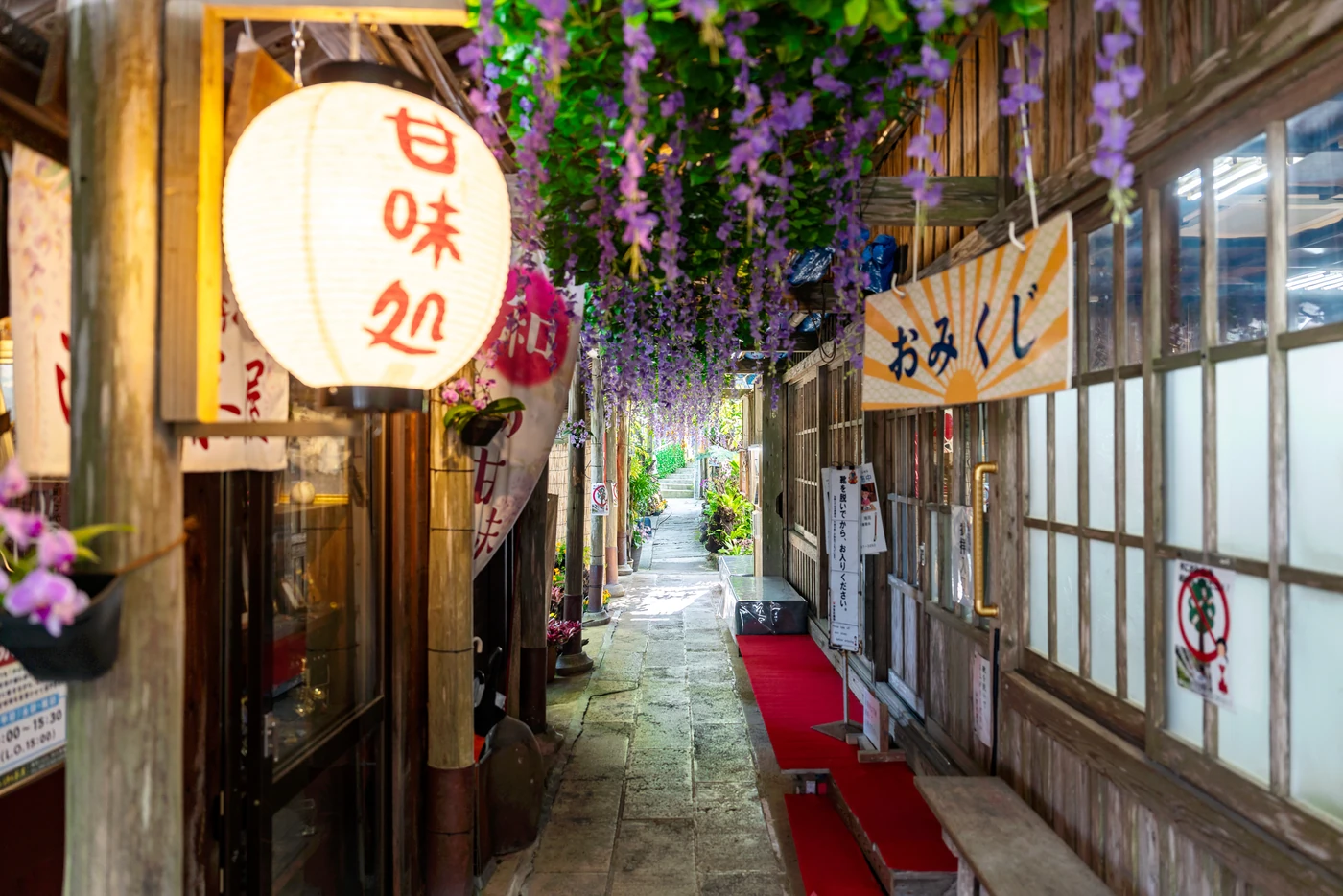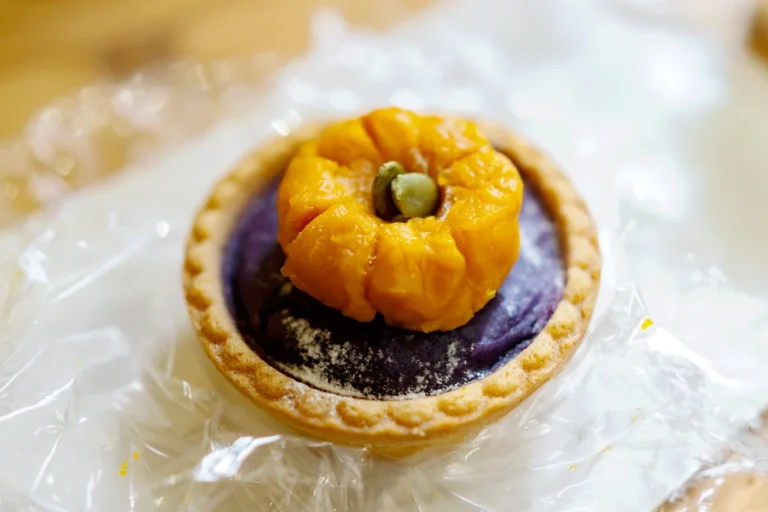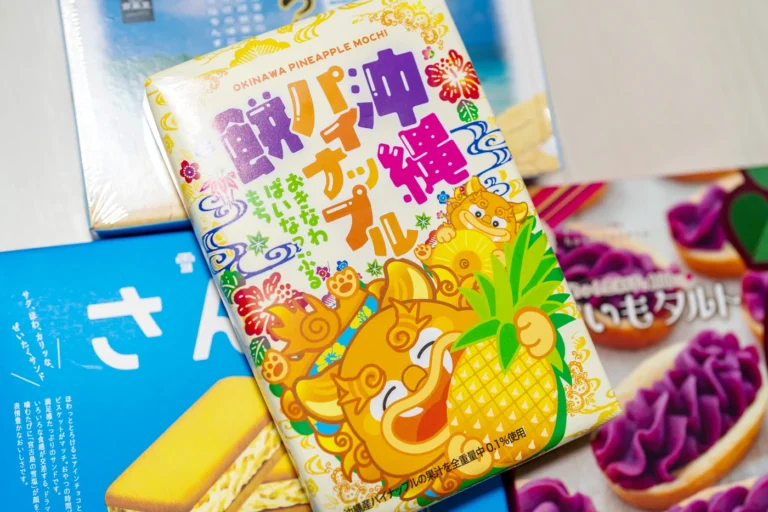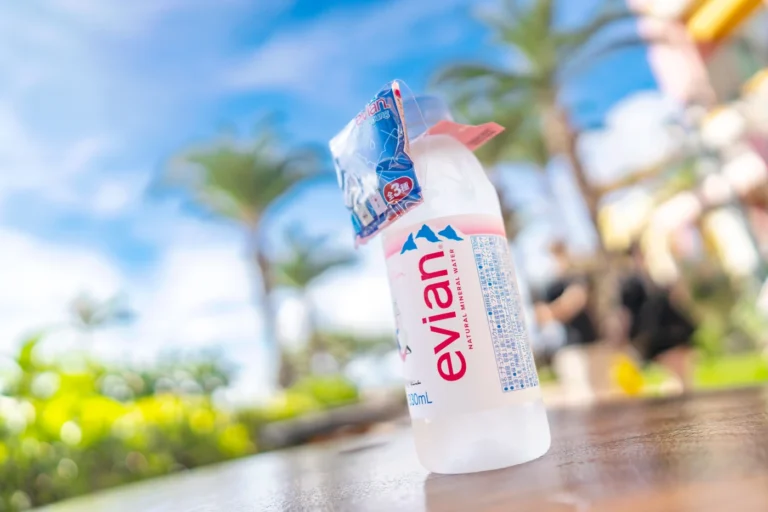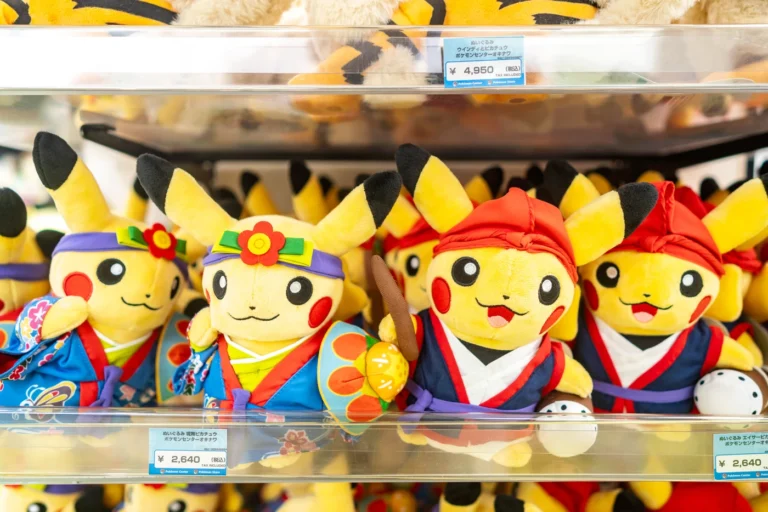Ryukyu Hachisha Okinogu
👋 Haisai! I’m CULT.
Today, I’d like to tell you about Okinogu, a truly beautiful and worthwhile spot in Okinawa that many people often overlook. It’s such a great place, but since there aren’t many who provide proper travel information about Okinawa, I’m here to share it with you.
Located in Naha city, it’s just a short walk from Kokusai Street, so you can visit without any hassle. Don’t just focus on water activities; take a moment to visit this lovely shrine and make a wish.
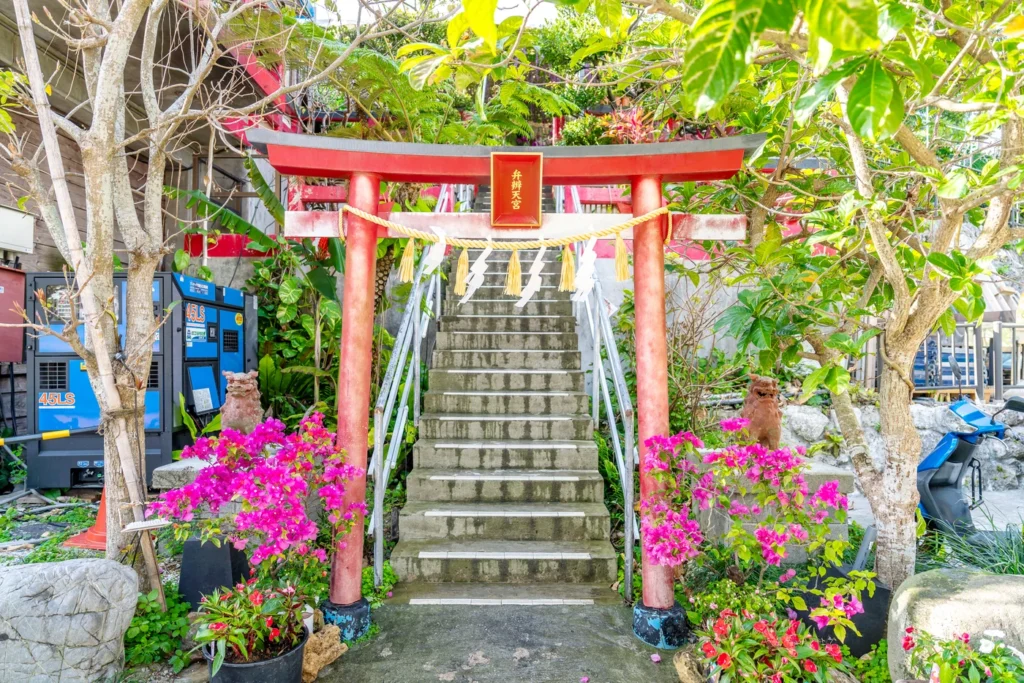
Let’s summarise some historical sites.
The Okinogu Shrine is located in Naha’s Nooyama Park. Despite being a shrine with excellent accessibility for tourists, it is also a place frequently visited by locals. It is considered one of the eight representative shrines of Okinawa, known for its positive energy, and is dedicated to a deity associated with wealth, which is why it seems to be well-maintained.
It is estimated to have been established in 1451, during the reign of King Sho Kinpuku, according to Wikipedia… but I better not pretend to know too much and get it wrong, so I’ll stop here. Originally, Okinogu Shrine was located near a port in Naha, but after being relocated for port renovations and suffering destruction during the Pacific War, it eventually settled at its current location.
During the Ryukyu Kingdom era, it was an important shrine for praying for safety at sea and successful voyages, and along with the Naminoue Shrine, it was one of the representative shrines of the Ryukyu Kingdom.
📌 Location and Opening Hours
The location is situated at the lower end of Kokusai Street in Naha on the map. It takes about 10 to 15 minutes on foot to reach there. Although there is a monorail nearby, you will need to walk to enter. The shrine is open 24 hours, but if you want to experience the atmosphere with a shrine maiden or someone offering prayers, they are only present from around 9 AM to 4 PM. I recommend visiting during these hours. [Google Map]
⛩️ Ryukyu Hachisha Okinogu
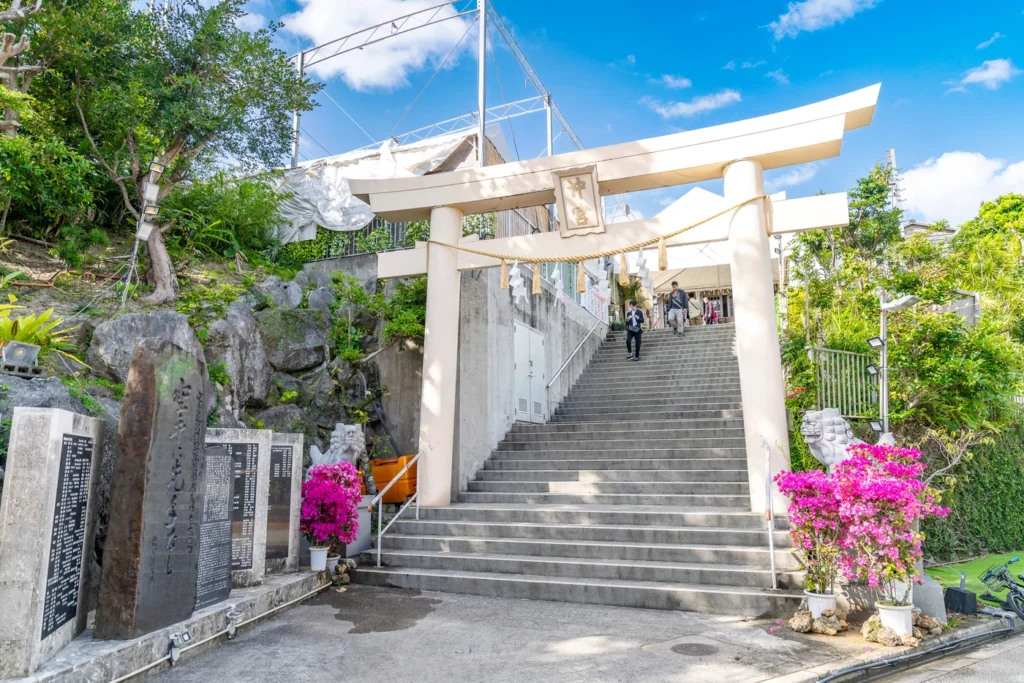
This white torii gate is the main entrance torii of Okinogu Shrine. The plaque reads “Okinogu,” and during festivals or events, it is said to be decorated even more beautifully. The current appearance is its usual state, but it is still lovely.
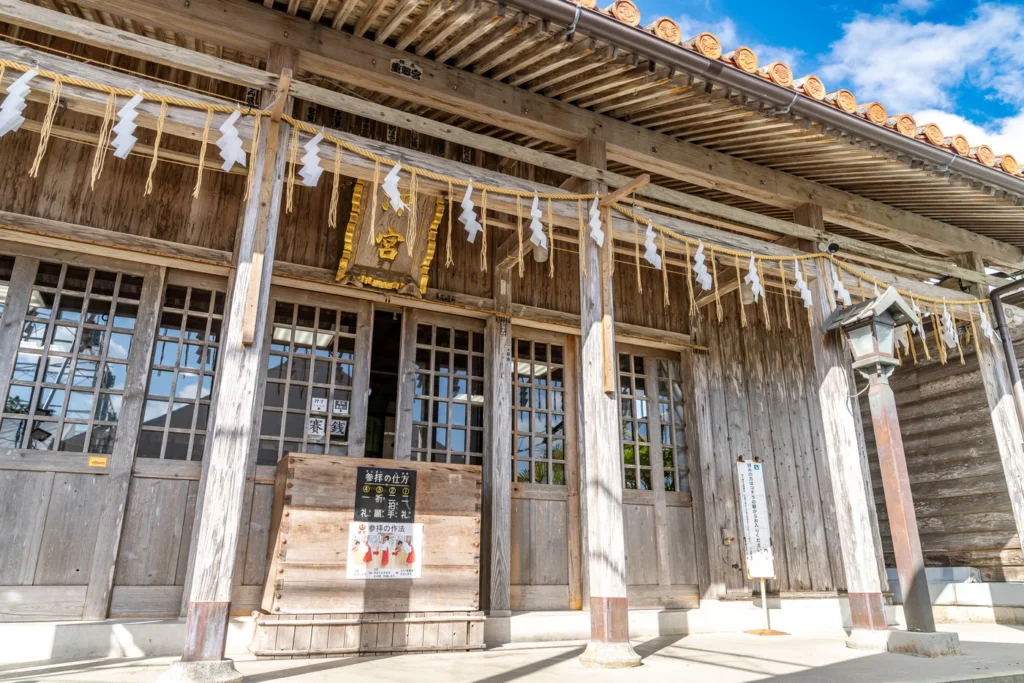
As you ascend the steps of the main gate, you will encounter the main hall of Okinogu Shrine.
The architectural style is said to be a blend of traditional Japanese wooden style and Ryukyu Kingdom style.

The method for visiting a shrine involves placing a coin in the offering box, bowing twice, clapping twice, making a wish, and then bowing once more.
Although Okinogu Shrine is not originally dedicated to a deity of wealth, it enshrines the gods of the sea and navigation. Successfully returning from a voyage at sea can be interpreted as an accumulation of ‘wealth’, so it can be considered a shrine related to money. That’s how I see it.


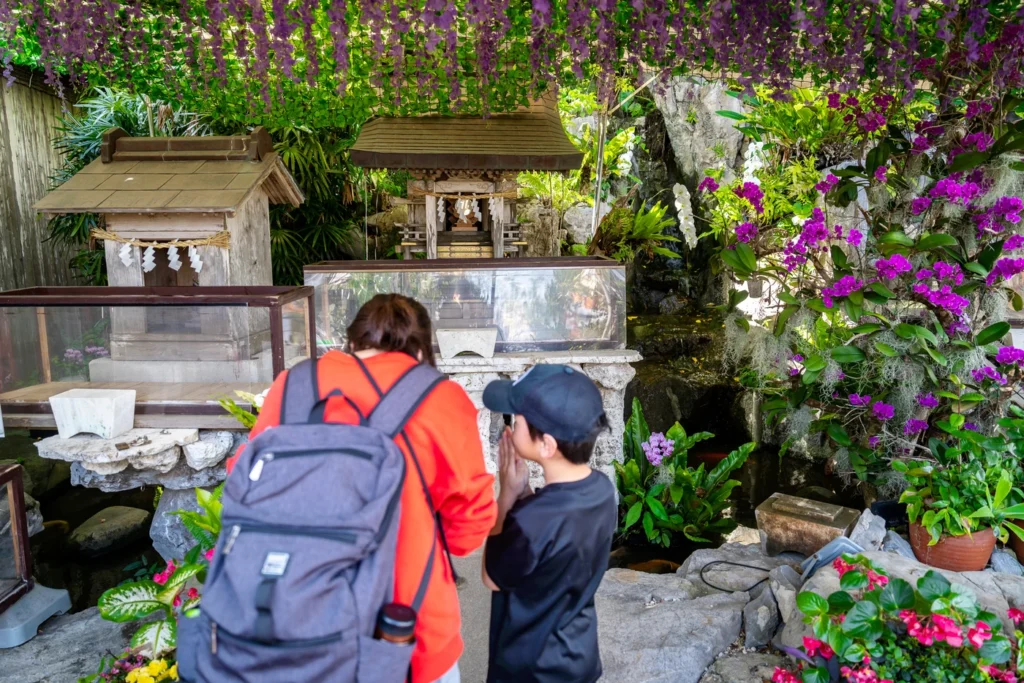
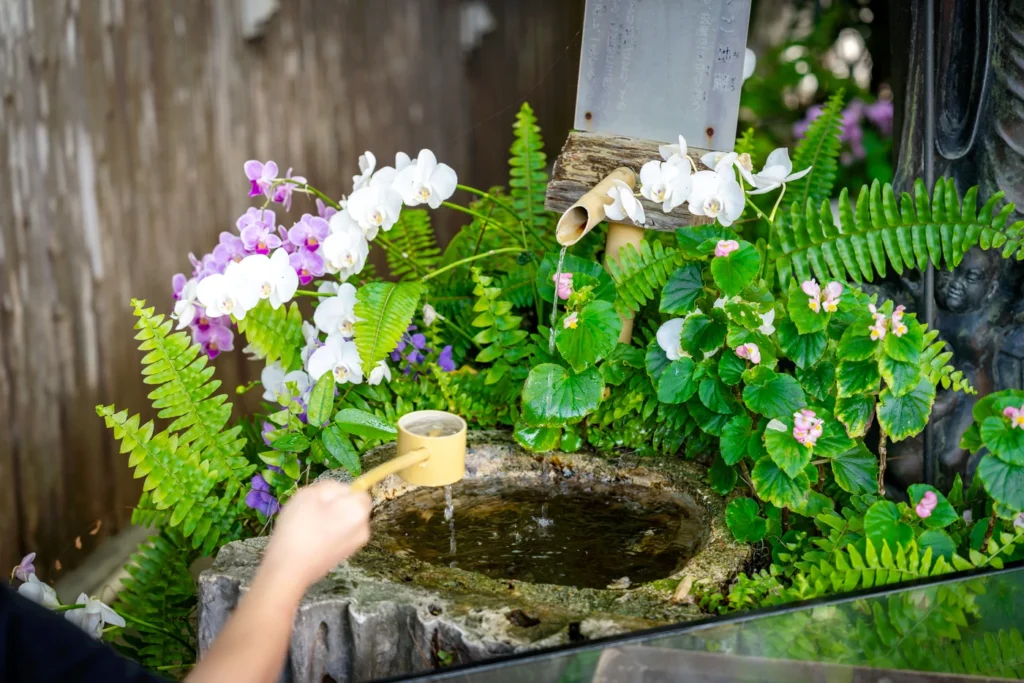
This is the Dragon God’s Pond.
It’s a small shrine located behind the main hall, and it seems to be more frequently visited by those who regularly come for shrine worship. Most notably, the ceiling is made of flowers, giving it a very intriguing feel.
Also, don’t forget to cleanse your hands and mouth at the temizuya.
Personally, I don’t quite understand why it’s done, but having seen it in Japanese animations as a child, I find it fascinating and give it a try.
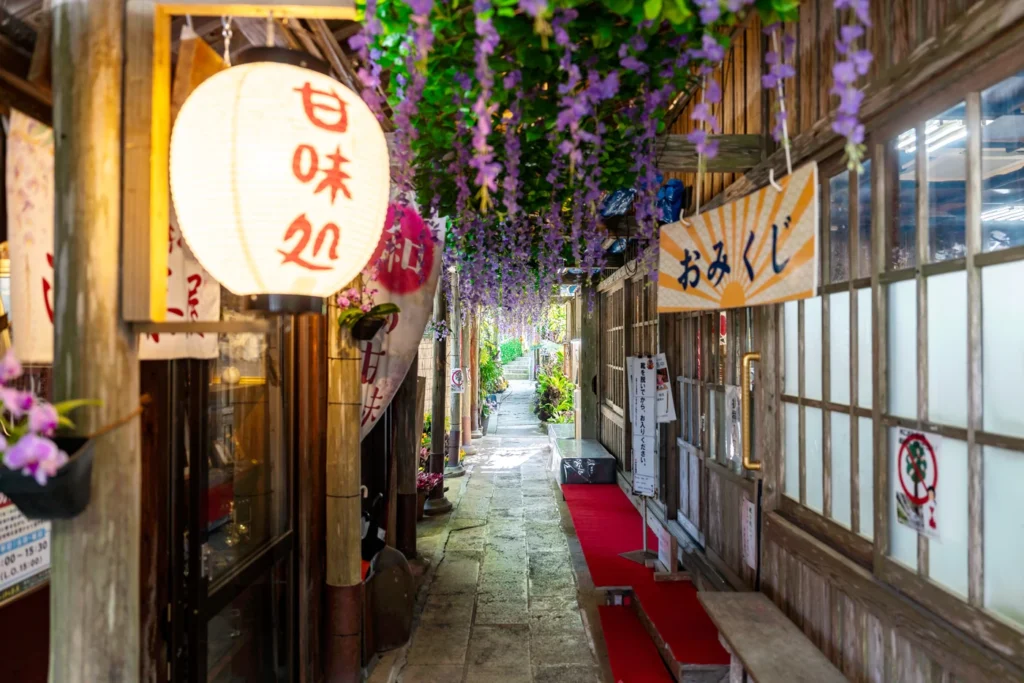
Isn’t the road to Bonzenga quite romantic? I often come here for Okinawa snap photography. It’s a real shame I can’t upload them because everyone chooses the private option, but if I get the chance, I’d love to show you the beautiful photos taken here. They really turn out well.

And like any other shrine, they sell amulets and wooden plaques for making wishes. There is no pressure to buy anything, and the atmosphere is very relaxed and calm, which I really appreciated. Why not take a look and perhaps purchase an amulet that aligns with your wishes? They’re not very expensive. 😊
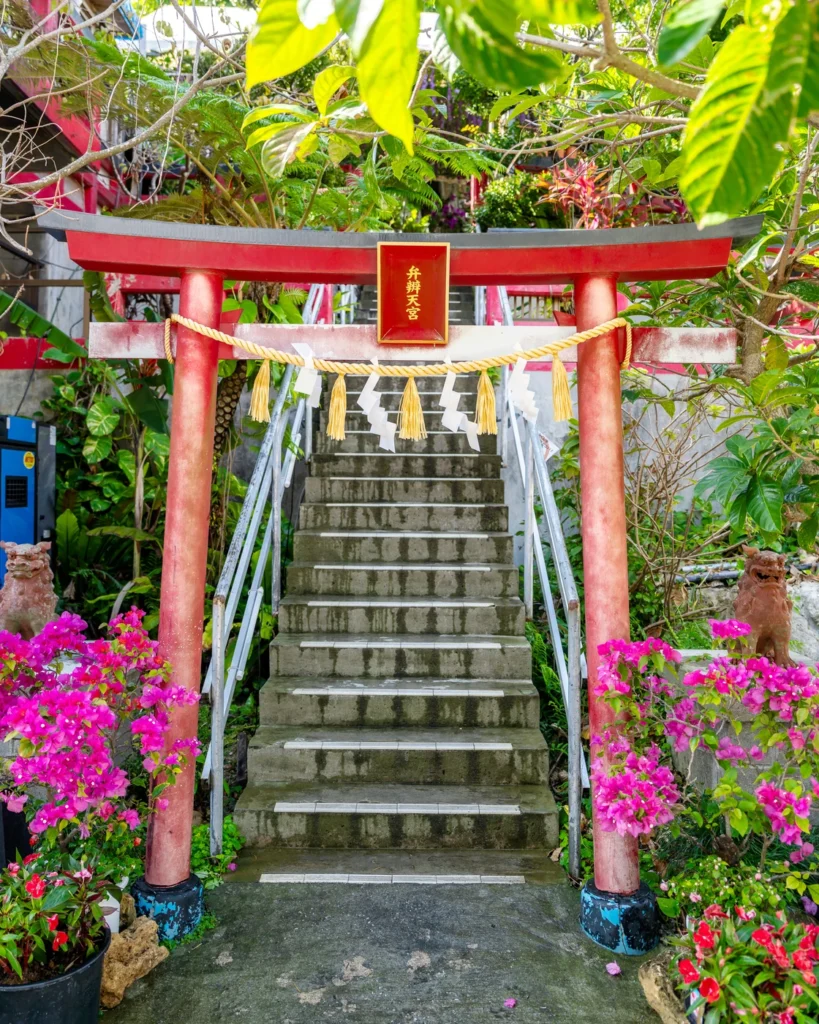
That’s all for today!
When you visit Okinawa, instead of just enjoying the water activities, I’ll keep finding and showing you beautiful places like this. I hope to make your trip a bit more valuable. I’ll wrap up here and come back tomorrow with more Okinawa travel information. Matayasai 👋
⛩️ Posts Related to Ryukyu Culture
- Naminoue Shrine (波上宮): A shrine perched on a sea cliff
- Okino Shrine (沖宮): A shrine dedicated to the gods of the sea and navigation
- Ameku Shrine (天久宮): A shrine deeply connected with the legend of the Dragon Palace
- Shikina Shrine (識名宮): A shrine protecting the royal family of the Ryukyu Kingdom
- Sueyoshi Shrine (末吉宮): A shrine on a mountainside honouring love and academics
- Futenma Shrine (普天満宮): A shrine built atop a limestone cave
- Kin Shrine (金武宮): A shrine associated with alcohol due to its proximity to an Awamori distillery
- Asuma Utaki (安須森御嶽): A sacred site of the Ryukyu Kingdom

